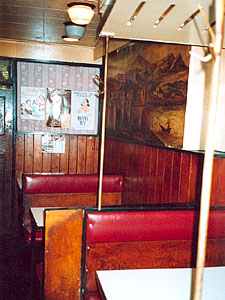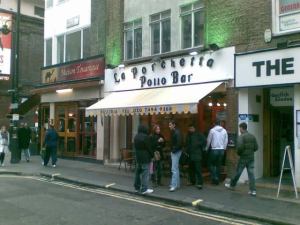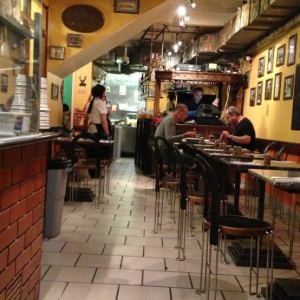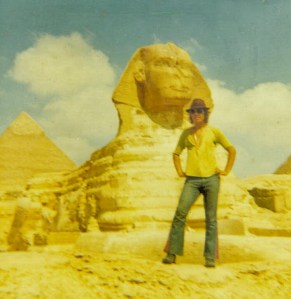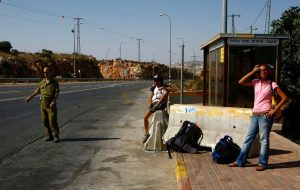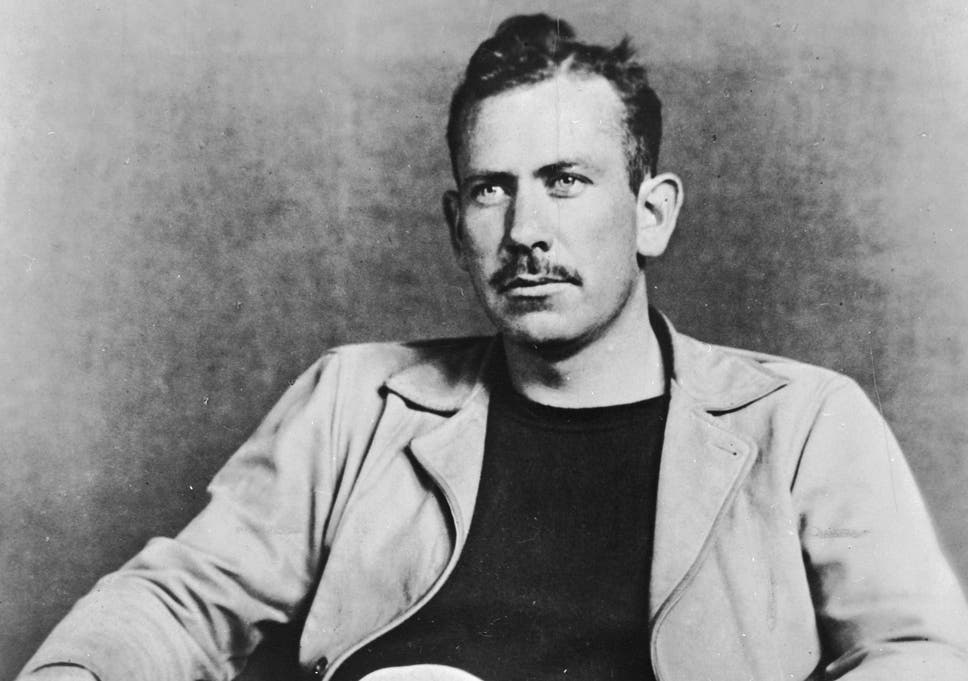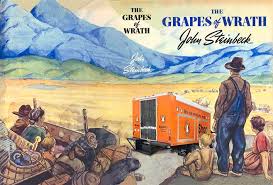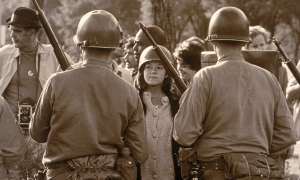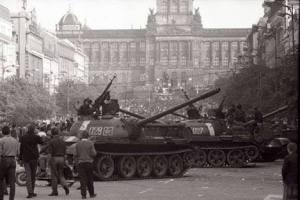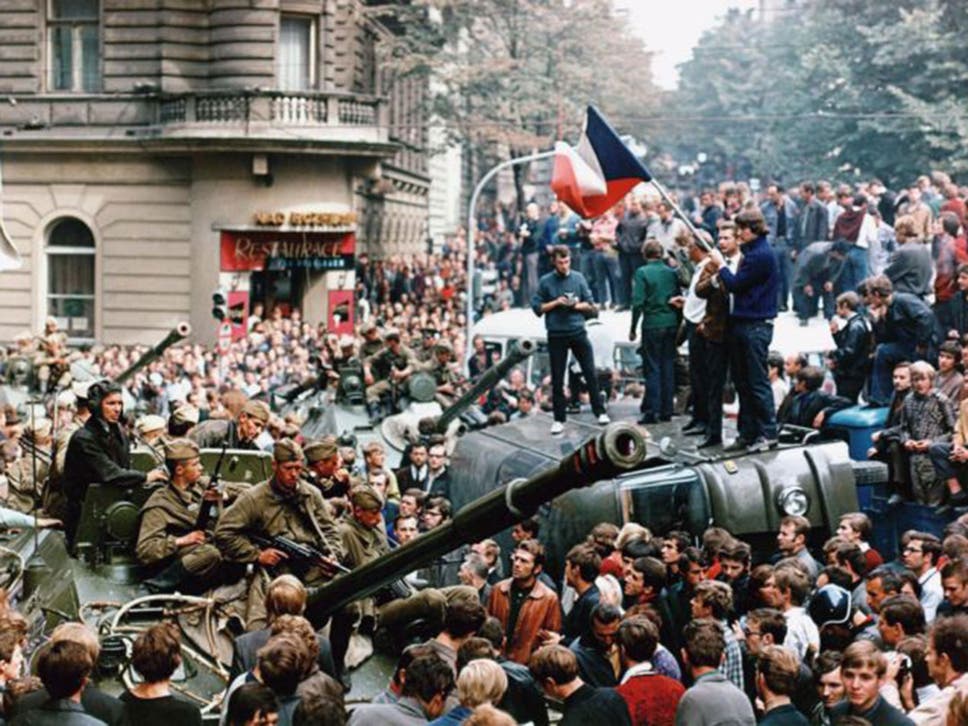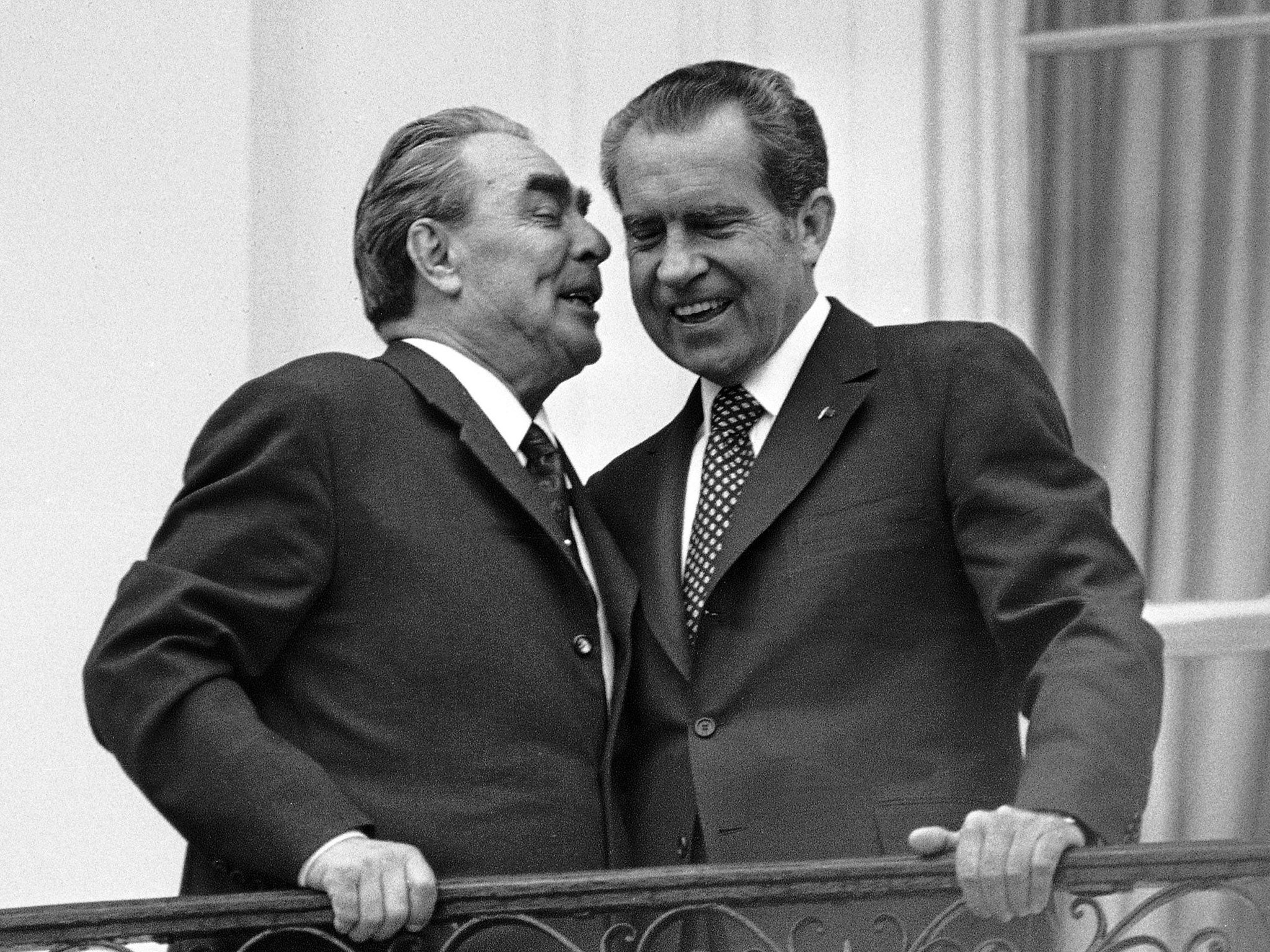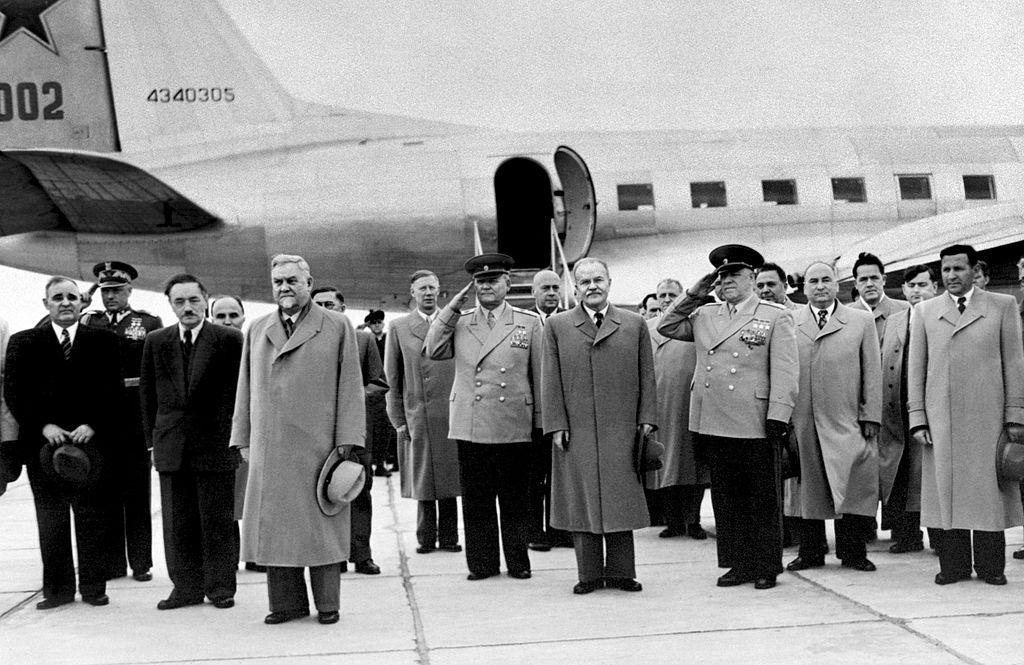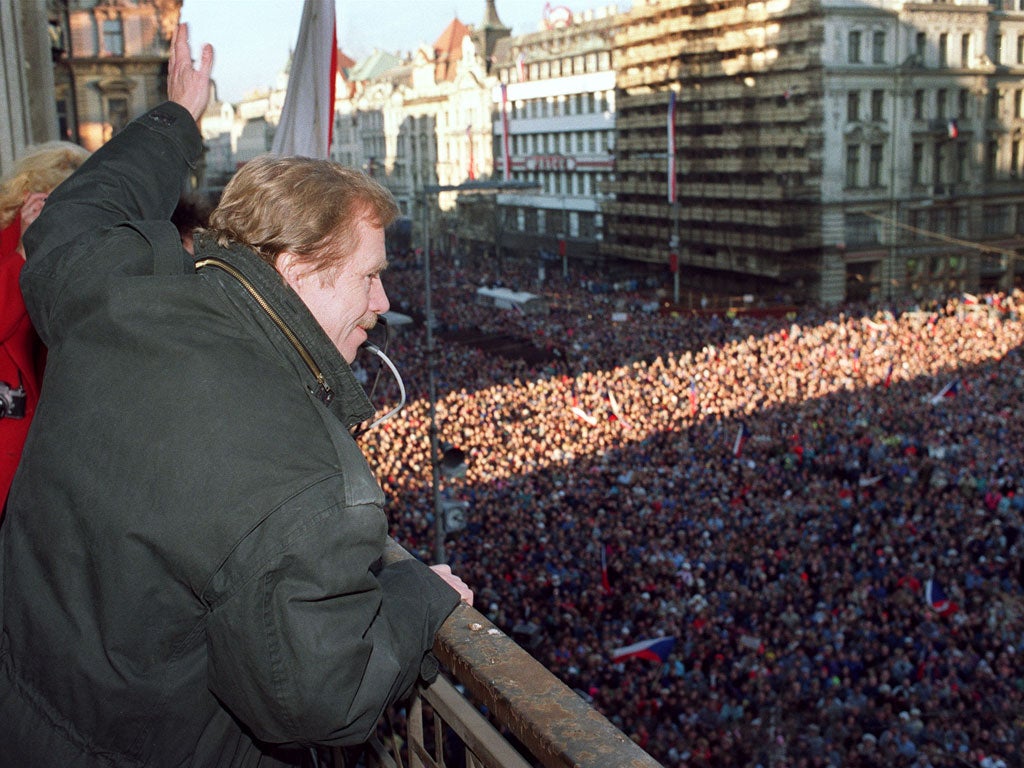All along the ancient wastes the thin reflections spin
That gather all the times and tides at once we love within
That build the edges round the shrouds that cloud the setting sun
And carry us to other days and other days to one
Roy Harper, The Same Old Rock, Stormcock
It must’ve been May 1969. A cold, wet and windy day in Hull, Yorkshire. I’d hitch-hiked from Reading in Berkshire to London and then northwards on the A1 to visit an old school chum in the Humberside port city. And it is there, in a student share house that I first dropped Mescaline, a derivative of peyote, an hallucinogenic psychotropic favoured by Mexican shamans of yore. In our circles, it was prized for its visual and aural delights rather than the more ”head trip”, mood-manipulating and psychologically unpredictable and potentially unsettling lysergic acid. And that evening, headphones on, I first listened to McGoohan’s Blues.
This eighteen minute digression from the concept if not the plot of an iconic if indecipherable ‘sixties’ television series (that’s the featured picture), was the penultimate track on Folkjokeopus, the third album of English folk singer, songwriter and acoustic guitarist extraordinaire Roy Harper. The song was indeed the whole point of Folkjokeopus – its raison d’être- the rest of the album was predominantly light-weight, comedic psychedelia – with the exception of the bleak and bitter but nevertheless captivating “love gone wrong” song She’s The One.
Wikipedia and generic music sites tell us that Folkjokeopus was released in June 1969, but more hip sources reckon it was released on May Day – and my memory concurs with that because Spring sprung as I was hitching homeward, and I revelled in the record all summer long.
Though I’d been going to folk clubs for several years, I’d not heard much of Roy Harper apart from a throwaway hippie-vaudeville track from his second album on The Rock Machine Turns You On, one of the many popular ”sampler” albums of that. The best was CBS’ double album gatefold Fill Your Head With Rock (loosely defined – it included Leonard Cohen and Laura Nyro).
Sunbathing in the rain …
And how does it feel with your god strapped to your wrist?
And him leading you such a chase …
Roy Harper, How Does It Feel, Flat Baroque and Berserk
So, there was I, on Humberside in a space “somewhere between Heaven and Woolworths”, to borrow from contemporary Mersey poet Brian Patten, who I was into at the time, listening to a sprawling and bawling, angry, eighteen minute solo acoustic guitar-driven folkie rant against capitalism, consumerism, hedonism, religion, conformity, ignorance, deceit, hypocrisy, the system, the establishment, the plutocracy, the banks, the media, the baubles and bibles, modern life … everything really. You can’t fight the manipulated, oppressive, powerless, pointless and utter futility of it all – as the song unfolds, you start out questioning but you end up obeying.
The singer had indeed become the eponymous Prisoner, yearning for liberty but trapped in a deceptively bucolic and scenic and yet sinister “village” that is in reality an open-air jail – kind of nightmare Butlins Holiday Camp (beloved yet satirised by a generation of Britons) with all attempts at escape foiled. It was in fact filmed in Portmeirion in North Wales, a town that has developed a robust tourist industry on the back of the cult classic.
Roy Harper was twenty eight years of age and already a jaded veteran of the folk-circuit and ad bitter divorcee with heavy personal baggage, a wee son he dotes on and chips on both shoulders (well-balanced, I suppose) raging against the machine. His is a seemingly nihilistic anomie with no direction home, denouncing “the deceit of my friends the betrayals of which I am part …” He sees himself as an outsider, “the festive consumer who end up consumed by the feast, but nevertheless questioning “the rules and the codes and the system that keeps them in chains, which is where they belong with no poems, no love and no brains”.
This is reflected in many of his songs from that era, most particularly those featured on his fifth and to many, his best album, Stormcock, released in May 1971; and this led me then and always to regard him a kind of high priest of Anglo angst.
He had a few more years on the clock than me. I was twenty. A naïf, ingenue, whatever, at the end of the beginning of my journey. I was optimistic, adventurous, devil-may-care, inexperienced with people and their variegated behaviours, untainted by pride and prejudice, and in retrospect unfamiliar with the bitterness and vitriol that he injected into his song. But I guess I “got it”, understood what he was saying to me through those headphones in the sanctum of my “trip” – yeah, that’s where I was at that point in time, for the want of a better description. Though I was aware of what he was preaching, I’d had precious little direct experience – those lessons were down the road apiece, and not that far away either. But that’s another tale … long story short, I was radical when I first heard the song. I remain so half a century hence. And. I still “get it”!
The title of this article, by the way, is taken from an entertaining an informative book by Welsh author Gwyneth Lewis: Sunbathing in the Rain – a cheerful book about depression. This is not to suggest that Roy Harper is actually a depressive – but he’s certainly a master of writing excruciatingly sad, depressing and borderline nihilistic songs and delivering them with an angry, emotional intensity. Having seen him perform live many many times over the following five years, I recall that many times he would deliver rambling and even disjointed introductions and extended soliloquies that taxed his audience’s patience and forbearance. I once walked out at the interval during a gig at the Royal Albert Hall even though he was accompanied by guitar icon and Led Zeppelin alumni Jimmy Page. The songs did indeed mirror the man.
But, back to Hull and my headphones …
Having ridden the rollercoaster through the seemingly stream of consciousness rant for some ten minutes, Roy imperceptibly segues into a lyrical, calmer (though still edgy) and quieter mood, a dreamy, trippy vision of hope and resilience, suggesting that despite all the difficulties and diversions, the compromises and cop outs that went with being being enveloped, embedded, trapped even, in the system, there is still hope for a better future. And climaxes in a folk-rock coda cum apotheosis.
The band kicked in – and so did the mescaline. Listening today, the band’s entry entrance feels contrived and ponderous, but in my minds eye, I can still recall the multicoloured images that flashed across bay closed eyelids. Disneyesque “Fantasia” forms of many ebbed and flowed, shape-shifted and morphed with the music and the lyrics. Rivers and rainbows, fairies and fires, sunrise and sunset, galaxies and stars.
Under the toadstool lover down by the dream
Everything flowing over rainbows downstream
Silver the turning water flying away
I’ll come to see you sooner I’m on my way
And there’s a mirror that I’m looking straight through
And I get it
And there’s a doorway that I’m ducking into
To forget it
But flashing just beyond the sky
The shattering midnight gathers
And reminding me behind my mind
The earth quakes, the sun flakes flutter
Over the mountain fairground
Candy flies stay
Under the moonshine fountain
I’m on my way
Lemon tree blossom ladies
Poured my tea
After the blue sky breezes following me
There’s a river that I’m making it with
And I know it
And I’m floating to I don’t care where
I just go it
But flashing just beyond the sky
The shattering midnight gathers
And reminding me behind my mind
The earth quakes, the sun flakes flutter
Daffodil April petal hiding the game
Forests of restless chessmen life is the same
Tides in the sand sun lover watching us dream
Covered in stars and clover rainbows downstream
And the question in the great big underneath is forever
And the fanfare that I’m forcing through my teeth answers “Never”
But flashing just beyond the sky
The shattering midnight gathers
And reminding me behind my mind
The earth quakes, the sun flakes flutter …
But it was not Roy’s way to end on a brighter note. As with all trips, there is often a comedown:
The pumpkin coach and the rags approach
And the wind is devouring the ashes
Words and images such as those McGoohan’s apotheosis were commonplace back in those days, when Marc Bolan could warble “My people were fair, and had sky in their hair, but now they’re content to wear crowns stars on their brows“. We thoroughly understood that and empathized. And we marveled at the Scottish bard who could pen ‘The Minotaur’s Song‘ and ‘Job’s Tears‘, and then run off with Old Father Hubbard. But then didn’t we all in the days when Tolkien was king, and elves and ents walked amongst us. So when Roy went gambolling through toadstools and daffodils, fairgrounds and fountains, that was just the way it was back then in that Middle Earth between Shangri La and the real world that we’d have to re-enter sooner or later – which I did adventurously two years later.
… down through the years
I dropped mescaline and acid many times over the next few months but though I longed to repeat it, never again did I recreate that very first journey. By year’s end, I’d done with both, and by the end of the eighties, was done with dope. But I remember it still over half a century down the road and I still get flashbacks and glimpses of those fantastical images … How does the great song by that Irish band go?
Unicorns and cannonballs, palaces and piers
Trumpets, towers, and tenements, wide oceans full of tears
Flags, rags, ferry boats, scimitars and scarves
Every precious dream and vision underneath the stars
Yes, you climbed on the ladder with the wind in your sails
You came like a comet blazing your trail
Too high, too far, too soon
You saw the whole of the moon …
And what happened next? I graduated, travelled, moved on, and following Roy’s lead, wrote lengthy, opaque songs well over ten minutes long with sonic, narrative and lyrical transitions just like he had done on Folkjokeopus and Stormcock. These include London John and Christopher Columbus in the seventies, and in latter days In That Howling Infinite which gave its name to this blog, an allegorical saga of a Mad Sea Captain and a White Whale , the dystopian E Lucivan le Stelle, and the irreverent O Jerusalem. Roy Harper is eighty one, with some thirty albums under belt. He was still touring in 2019, but is now officially ‘retired’, and living in a secluded corner of Ireland,
© Paul Hemphill 2023 All rights reserved
The complete lyrics of McGoohan’s Blues follow the song below.
Postscript
I’ve harked back to Roy Harper in several posts in In That Howling Infinite. There’s When An Old Cricketer Leaves The Crease, a eulogy to one of my oldest friends, an avid cricketer who passed last year; and Back in the Day, a chronicle of roots and fruits. And for more stories like these in In That Howling Infinite, see Tall Tales, Small Stories, Eulogies and Epiphanies
McGoohan’s Blues
Nicky my child he stands there with the wind in his hair
Wondering whether the water the wind of the where
I fear that someday he might ask me if mine is the blame
And I’ve got no reply save to tell him it’s all just a game
And Heather and I lay together and I was in love
She weighted up the gains and the losses and gave me the shove
The fear of mankind’s untogetherness pounds in my heart
The deceit of my friends the betrayals of which I am part
And O how the sea she roars with laughter
And howls with the dancing wind
To see my two feet standing here questioning
And I’m just a social experiment tailored to size
I’ve tried out the national machine and the welfare surprise
I’m the rich man the poor man the peace man the war man the beast
The festive consumer who ends up consumed in the feast
And my fife eyed promoter is clutching two birds in the bush
He’s a thief he’s as bad as the joker they’re both in the rush
He’s telling me Ghandi was handy and Jesus sold his ring
(Dunno who to, God maybe)
“And everyone knows dat dis dough’s gonna make me de king”
And O how the sea she roars with laughter
And howls with the dancing wind
To see my two feet standing here questioning
Meanwhile the ticket collectors are punching their holes
Into your memories your journeys and into your souls
Your life sentence starts and the judge hands you down a spare wig
Saying: “Get out of that and goodbye old boy have a good gig”
And the town label makers stare down with their gallery eyes
And point with computer stained fingers each time you arise
To the rules and the codes and the system that keeps them in chains
Which is where they belong with no poems no love and no brains
And O how the sea she roars with laughter
And howls with the dancing wind
To see my two feet standing there questioning
Meanwhile the TV commercials are sweeping the day
Brainwashing innocent kids into thinking their way
The wet politicians and clergymen have much to say
Defending desires of the sheep they are leading astray
And Ma’s favourite pop star is forcing a grin he’s a smash
Obliging the soft-headed viewers to act just as flash
The village TV hooks its victims on give away cash
The addicts are numbers who serve to perpetuate trash
And O how the sea she roars with laughter
And howls with the dancing wind
To see my stupid poetry shuffleing
And the bankers and tycoons and hoarders of money and art
Full up with baubles and bibles and full of no heart
Who travel first class on a pleasure excursion to fame
Are the eyes that are guiding society’s ludicrous aim
And the village is making its Sunday collection in church
The church wobbles ‘twixt hell and heaven’s crumbling perch
Unnoticed the money box loudly endorses the shame
As the world that Christ fought is supported by using his name
And O how the sea she roars with laughter
And howls with the dancing wind
To see my stupid poetry burbling
And the pin-striped sardine-cum-magician is packed in his train
Censoring all of the censorship filling his brain
He glares through his armour-plate vision and says “Hmm, insane”
The prisoner is taking his shoes off to walk in the rain
And the luminous green prima donna is sniffing the sky
She daren’t tread the earth that she’s smelling her birth was too high
Her bank balance castle is built on opinion and fear
Which is all she allows within three hundred miles of her ear
And O how the sea she roars with laughter
And howls with the dancing wind
To see my stupid poetry burbling
And I’ve seen all your pedestal values your good and your bad
If you really believe them your passing is going to be hard
And I’ve thought through our thought and I know that its blind silly season
Occurs when our reasoning is trying to fathom a reason
And if you really know it’s all a joke but you’re just putting me on
Well it’s sure a good act that you’ve got ‘cos you never let on
But if all of that supersale overkill world is for real
Well there’s nowhere to go kid so you might as well start to freewheel
And O how the sea she roars with laughter
And howls with the dancing wind
To see my two feet standing there burbling
And I had this dream in here same time as standing awake
These various visions rushed through as I giggled and quaked
The distant guns thunder my end and I duck for a while
Auntie Lily is handing me candy she chuckles I smile
And our village is where I was born and it’s where I will die
And I’ll never be able to leave it whatever I try
The ebb and the flow of the forces of life pass me by
Which is all that I’ll know from my birth to my last gasping sigh
And O how the sea she roars with laughter
And howls with the dancing wind
To see the dying lying there obeying
My age and my time
The blood fire wine and rhyme
That fills my dream reminds me of an atom in a bubble on a wave
That held its breath for one sweet second then was popped and disappeared
Into fruitful futilities meaningless meaning
Meaningless meaning
Under the toadstool lover down by the dream
Everything flowing over rainbows downstream
Silver the turning water flying away
I’ll come to see you sooner I’m on my way
And there’s a mirror that I’m looking straight through
And I get it
And there’s a doorway that I’m ducking into
To forget it
But flashing just beyond the sky the shattering midnight gathers
And reminding me behind my mind the earth quakes the sun flakes flutter
Over the mountain fairground
Candy flies stay
Under the moonshine fountain
I’m on my way
Lemon tree blossom ladies
Poured my tea
After the blue sky breezes following me
There’s a river that I’m making it with
And I know it
And I’m floating to I don’t care where
I just go it
But flashing just beyond the sky the shattering midnight gathers
And reminding me behind my mind the earth quakes the sun flakes flutter
Daffodil April petal hiding the game
Forests of restless chessmen life is the same
Tides in the sand sun lover watching us dream
Covered in stars and clover rainbows downstream
And the question in the great big underneath is forever
And the fanfare that I’m forcing through my teeth answers “Never”
But the flashing just beyond the sky the shattering midnight gathers
And reminding me behind my mind the earth quakes the sun flakes flutter
The pumpkin coach and the rags approach and the wind is devouring the ashes







